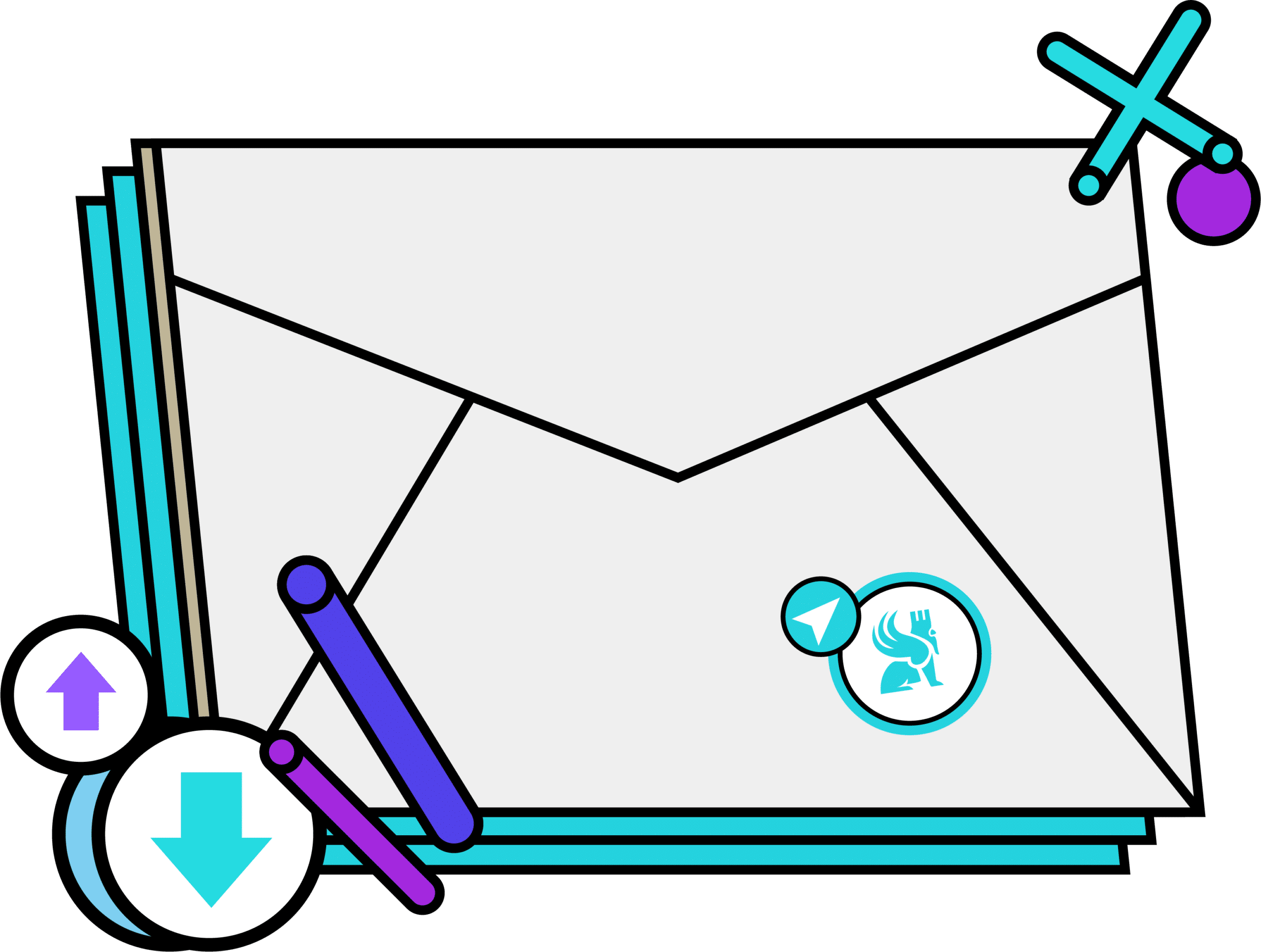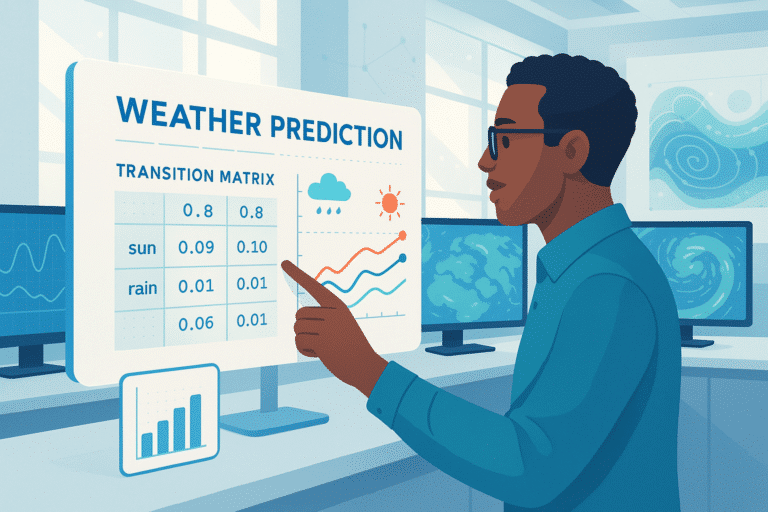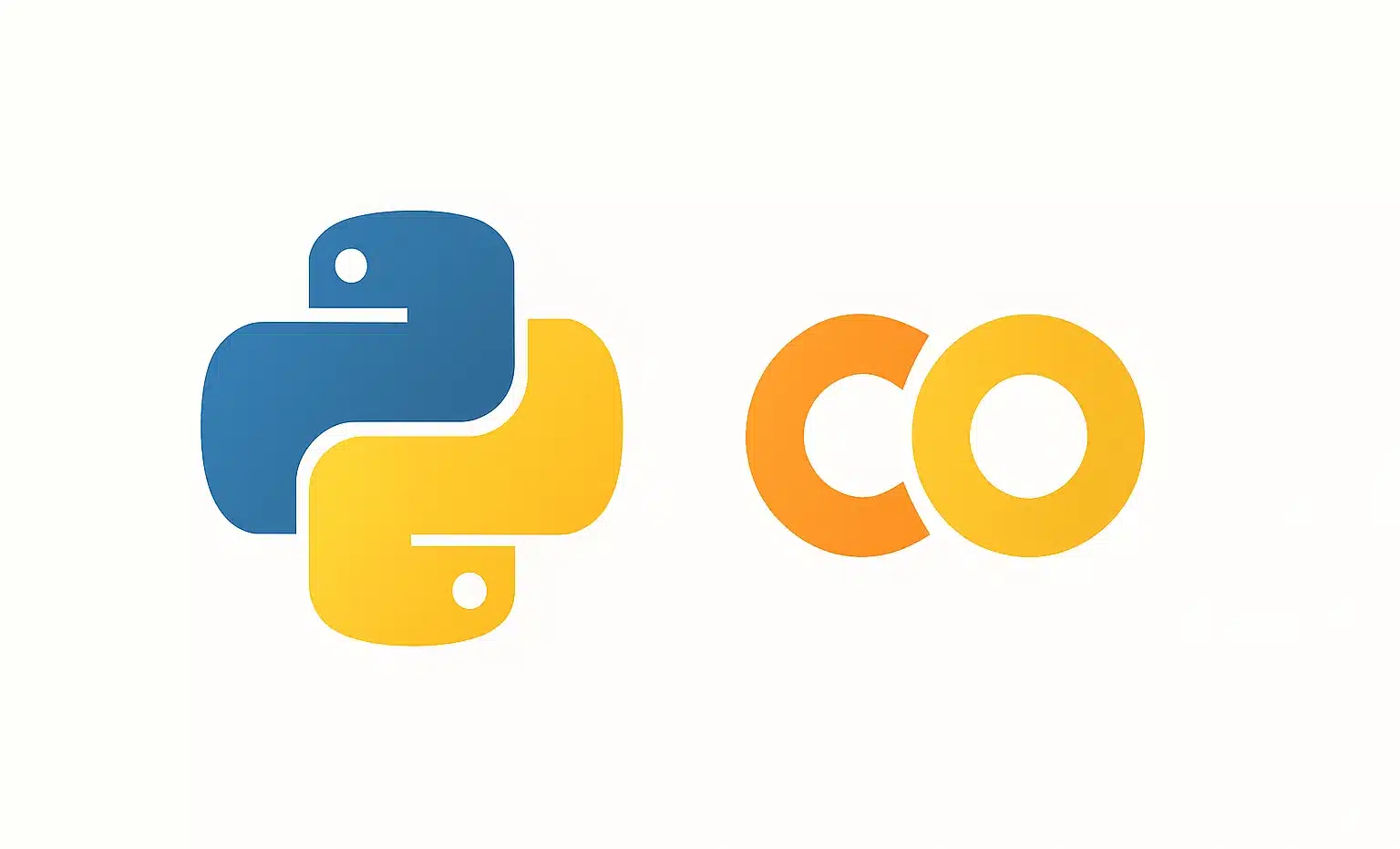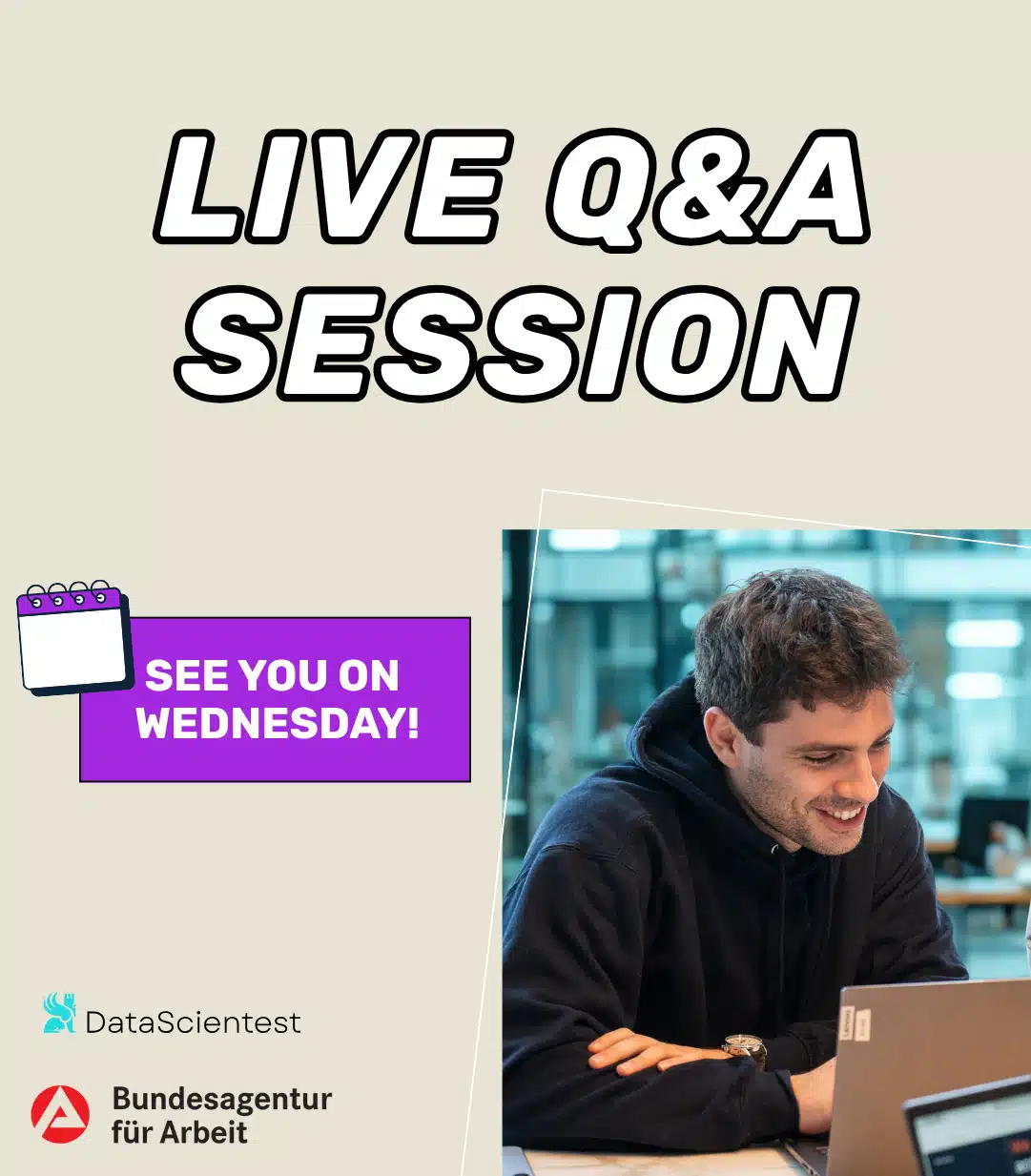Genspark is an innovative AI agent transforming queries into actions: enhanced research, sourced summaries, slide/document creation, automatic downloads, and even phone calls. Discover its main features, strengths, and drawbacks compared to Perplexity and ChatGPT Search, along with a handy guide to mastering it!
Online search is rapidly evolving. We no longer simply type a query to gather links; we now delegate an intention to obtain a ready-to-use result. At least, that’s the promise of “agents”: understanding the need, finding the information, verifying it, and then producing a practical deliverable (such as an action plan, presentation slide, or even a phone call). Enter Genspark into this evolving landscape. Initially, this service offered “Sparkpages”: comprehensive and sourced answer pages.
However, in 2025, it transformed its offering around a Super Agent capable of orchestrating models and tools to perform tasks. This swift pivot positioned it directly against current leaders like Perplexity, Google, and ChatGPT Search. So, how does it truly compare?
Why is everyone discussing Genspark in 2025?
In 2025, Genspark transitions from “AI search” to execution with its Super Agent. Technically, the team utilizes GPT-4.1 and the Realtime API to manage various agents and tools, adopting a stated “no-code” approach for users: you describe the task, and the agent handles it. This shift was marked by significant business growth, achieving $36M ARR in just 45 days according to a use case published by OpenAI and also mentioned by Anthropic in a client study.
In terms of funding, Genspark raised $100M in Series A on February 21, 2025, with a valuation approximating $530M, boasting over 2 million monthly users on that date, according to Reuters. This Series A follows a $60M seed round, signifying a substantial commitment to the rise of AI agents. Leading the initiative is Eric Jing, former leader of Baidu’s Xiaodu unit (voice assistant), underscoring the “search engine + agent” ambition.
The product positioning is clear: an “All-in-One AI Workspace” that merges AI Slides, AI Sheets, AI Docs, AI Drive, AI Chat. It also introduces highly operational functions like “AI Download For Me” and “AI Call For Me” (where the agent can make real calls to book, compare, or follow-up). This combination of “synthesis + action + multi-platforms” fuels the buzz, attracting professional use. Furthermore, Genspark retains its roots with “Sparkpages”. By integrating comprehension and sources, the tool now serves as a launchpad for concrete actions, distinguishing it from mere link engines.
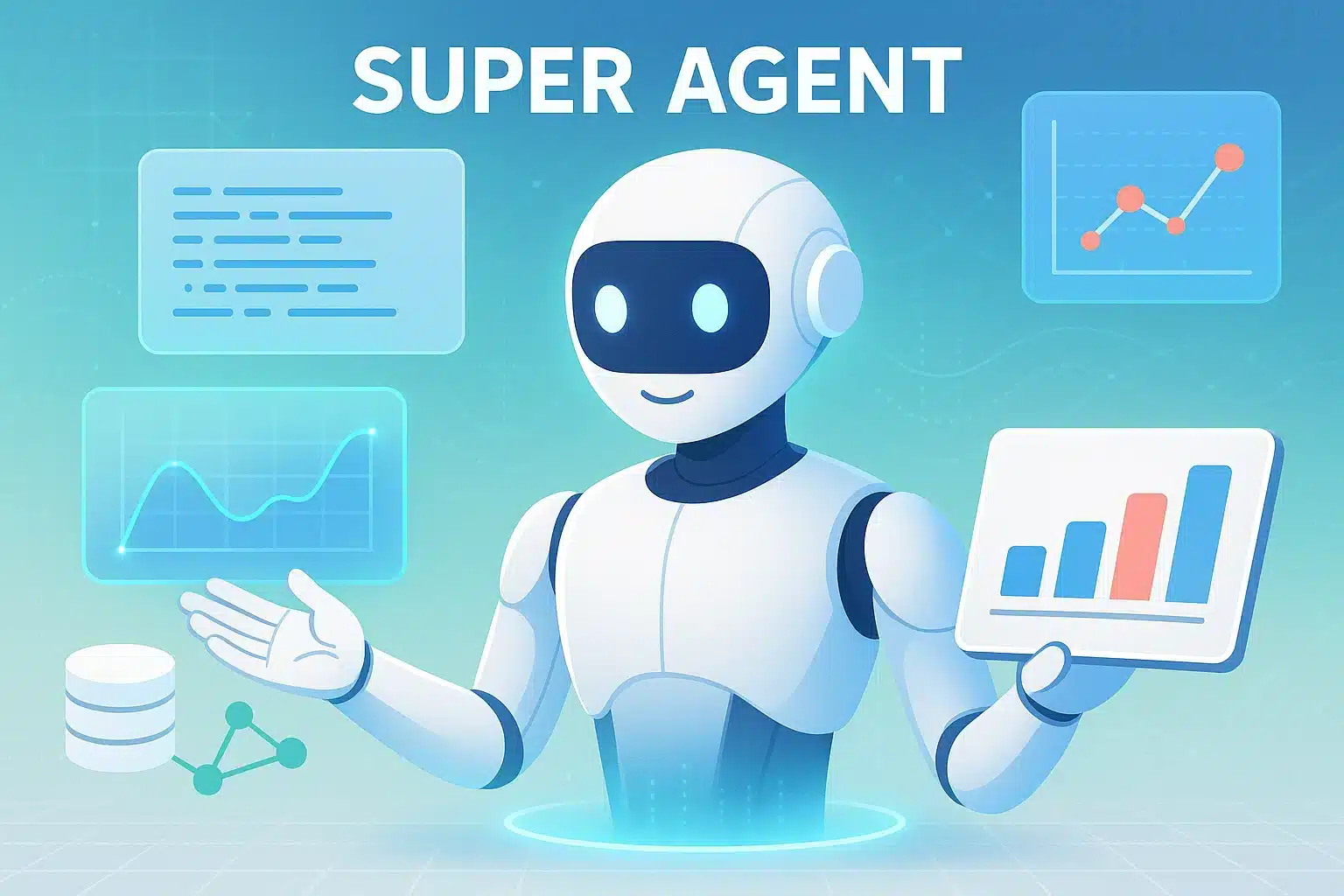
From Sparkpages to the Super Agent: a swift transformation
Initially, Genspark gained recognition for Sparkpages: pages generated on-the-fly that consolidate multiple sources, add an interactive copilot, and deliver a usable response in one reading. The concept: eliminate the need to hop from link to link and receive a clear, sourced, ad-free result page that can be further explored through interaction.
In April 2025, the direction shifts: Genspark moves from synthesis to execution by launching the Super Agent. Instead of just creating a Sparkpage, the agent plans the task and selects appropriate tools. It can then make calls, prepare slides, generate videos, or retrieve documents.
The Sparkpage format remains available as an “overview” but now serves as a springboard for actions. The result is a more defined “all-in-one workspace” positioning with accelerated traction, fueled by the promise “one prompt = a deliverable (or an action)”, across both web and mobile platforms.
Under the hood: 9 models and 80 tools
The Super Agent manages nine specialized models and over 80 tools. Its system dissects the request, assigns each sub-task to the most relevant component (research, extraction, reasoning, media generation…), and then reassembles everything. Its goal is to deliver a usable result or initiate an action (call, download, booking). This orchestration layer is what elevates a simple chatbot into an operational assistant.
The real-time elements are equally vital: the agent utilizes vocal and control capabilities that enable it to make real phone calls (via the “AI Call For Me” feature), create presentations (AI Slides), generate images/videos, and manage files through AI Drive.
In practice, the usage method evolves. Initially, you describe the objective: prepare a conference call plan, book a slot, send the recap… The agent progresses to deliver the required result. For exploration or verification purposes, you can still request a Sparkpage for background support and then proceed to action.
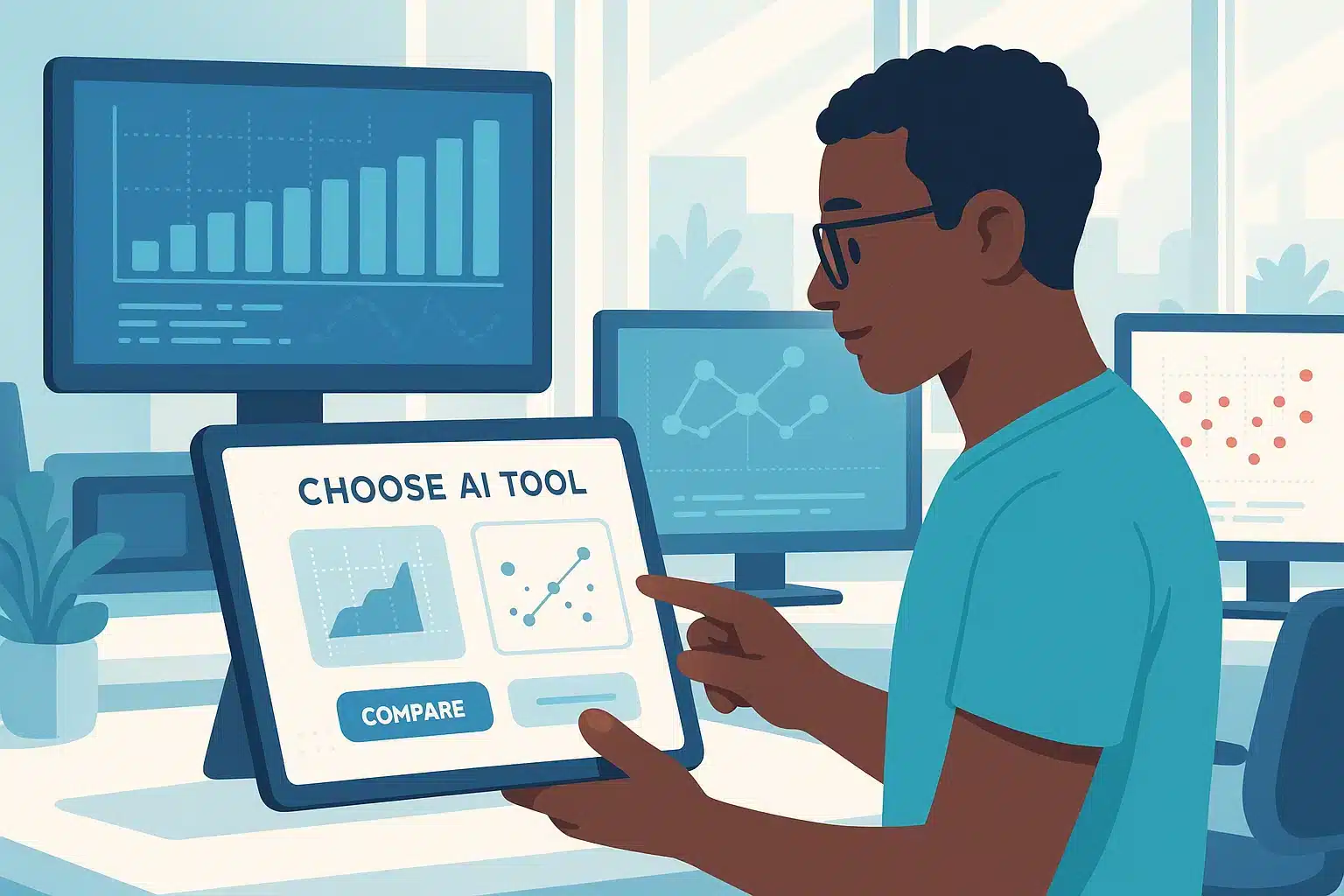
The must-know features
The crux of Genspark is its Super-Agent capable of chaining research, synthesis, and then action. It can plan trips, compare products, generate content, and control tools. All executed from a single prompt.
Do you need a deck, a memo, or a spreadsheet? Genspark creates “boardroom-ready” presentations, structured documents, and spreadsheets, eliminating the need to start from zero. It’s designed to expedite briefs, committees, and reporting, providing a directly usable output via AI Slides, Docs, and Sheets functionalities.
Conversely, the AI Drive + “Download For Me” feature allows the agent to fetch files from the web (PDFs, images, videos…), download them, and store them in an integrated Drive. Handy for assembling a documentary file or gathering all subject appendices before drafting.
Another standout feature is “Call For Me”. The agent makes genuine phone calls to book, request a quote, or follow-up with customer service. To be used wisely (considering consent, recording, call cost), yet it’s a remarkable time-saver for repetitive tasks.
Whether you need to visualize an idea, produce a thumbnail, or a short clip, Genspark can generate visuals and videos from a prompt. Useful for social media or presentations.
How to try Genspark?
To get started, access the platform. Open Genspark on the web, or download the Android or iOS app.
Engage in a productive “first run.” Provide a clear objective, rather than a simple question. For example: “Prepare a comparison of 3 hotels in Barcelona for September 20–22, then call the best one to verify family room availability.”
Allow the agent to proceed, then validate/adjust. The results appear as a summary with action options. You can request a Slide or a Doc, then export if needed and refine through brief iterations.
Also explore file automation with AI Drive and Download for Me. Submit a batch of links/subjects: the agent retrieves, organizes them, and offers a ready-to-use documentary base.
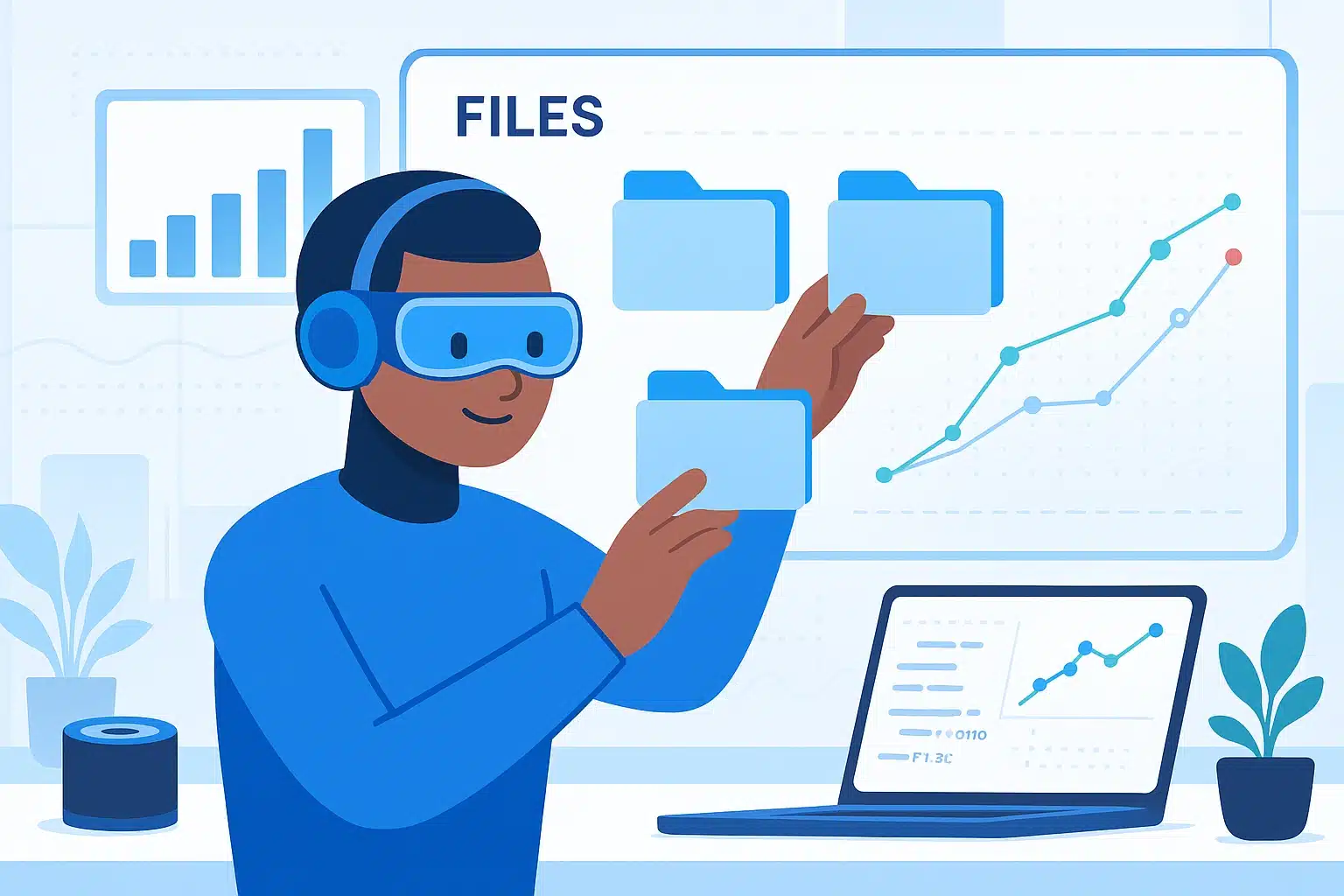
Genspark vs Perplexity vs ChatGPT Search: which is the leading AI agent?
Perplexity is undoubtedly the benchmark for AI search engines. It provides direct and sourced answers, along with a “deep search” mode. Its strong market presence is evident in its rising valuation: from $9B in 2024 to discussions about $14-18B in 2025, per Reuters. It’s favored for in-depth synthesis and intensive monitoring tasks where source traceability is crucial.
Conversely, ChatGPT’s Search mode offers up-to-date responses with in-interface sources. No tool switching is necessary, which is advantageous if your setup is centered around ChatGPT. This provides integrated search and seamless continuation with your conversations.
Genspark’s approach differs slightly, presenting itself as an all-encompassing workspace and guaranteeing results in the form of deliverables or actions from each prompt. This method is ideal for quickly generating usable outcomes like a deck, brief, reservation, or follow-up.
Presently, it’s reasonable to state that Perplexity is the superior choice for analysis with comprehensive citations, and Genspark for actions. Meanwhile, ChatGPT Search remains a suitable option for ChatGPT users.
Conclusion: Genspark, a formidable competitor in the AI agent domain
Genspark exemplifies the ongoing transformation in the AI market. Users no longer desire mere answers; they crave actions. Text-based results are now insufficient, and agents must now save time through simple prompts.
To explore and benefit from such tools, consider exploring the applications of applied AI (agents, LLM, content creation, MLOps) with DataScientest’s AI courses. Our programs highlight a hybrid teaching approach: guided learning via the Learn platform and coaching sessions for consistent progress.
We offer varied courses like Data Scientist (Python, ML, deep learning, MLOps) and Prompt Engineering & No-Code (LLM basics, prompting techniques, ethical framework, and tools). Our practice-focused learning (projects, deliverables, and support) enables you to acquire the necessary skills to design, evaluate, and deploy implementations akin to Genspark (enhanced search, operational agents, document automations). Available formats include Bootcamp, part-time, or work-study, with funding solutions through CPF and France Travail depending on your situation. Discover DataScientest!

You now know all about Genspark. For more on this topic, check out our article on Perplexity and our extensive article on AI agents.


